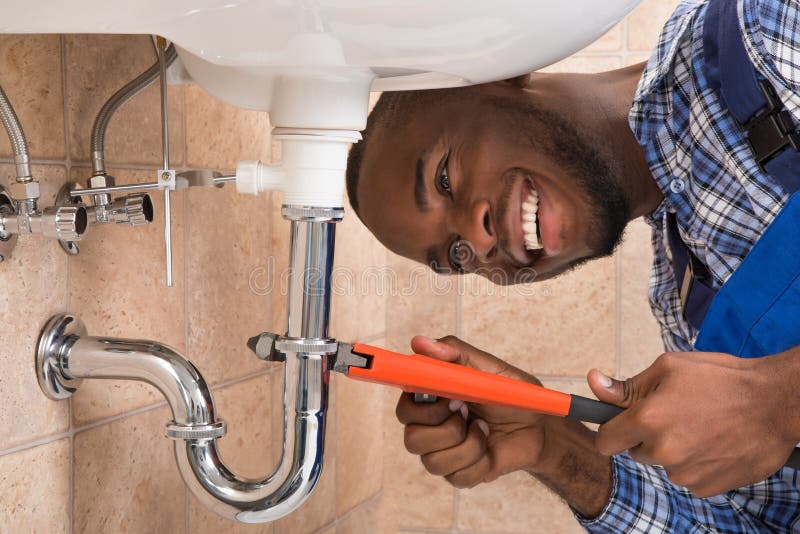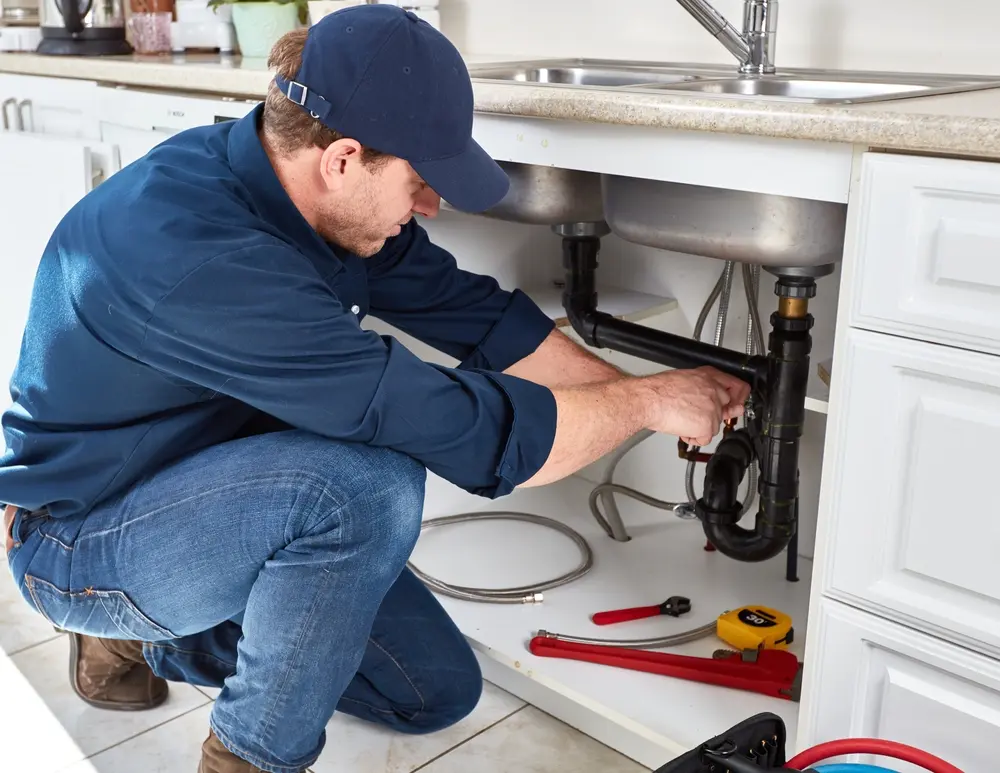Trusted Plumber Alabaster AL for All Your Emergency Needs
Trusted Plumber Alabaster AL for All Your Emergency Needs
Blog Article
A Detailed Overview to Reliable Hot Water Heater Setup for Optimal Performance
Embarking on the task of installing a hot water heater is an endeavor that requires accuracy and a systematic strategy for achieving optimal efficiency. The procedure begins with the essential decision of picking the appropriate heating unit tailored to the certain needs of your family, considering variables such as energy, dimension, and type source. As soon as chosen, preparing the installment location to satisfy safety criteria is critical. However, the trip does not end below. As you proceed, the details of linking water supply lines and establishing up trustworthy electrical or gas links wait for, appealing understandings into making sure efficiency and dependability.
Picking the Right Water Heating System

Next, think about the dimension and ability of the hot water heater. It's crucial to analyze your household's warm water needs, which can vary based on the number of owners and their use patterns. A device that's too small may cause inadequate warm water, while an extra-large model might result in unnecessary energy intake.
Performance rankings additionally play a pivotal duty in choice. Look for water heaters with high Power Factor (EF) scores, showing superior efficiency and lowered power use. Tankless designs, though typically more costly in advance, offer substantial power financial savings with time as a result of their on-demand home heating abilities.
Preparing the Setup Area
Before installing a brand-new water heating unit, meticulous prep work of the installation area is essential. It's critical to gauge the space meticulously to fit the water heating unit's measurements, making sure sufficient clearance around the unit for reliable operation and servicing.
Inspect the flooring for stability, as the water heating unit will certainly need a strong, level surface to operate successfully. If needed, mount a drip frying pan under the device to capture possible leaks or spills, preventing water damage to the surrounding area.
Additionally, guarantee that all required tools and materials are on hand before commencing the setup. This includes items such as wrenches, screwdrivers, a level, and any additional hardware required for protecting the heating unit and mounting. A well-prepared installation area sets the structure for an effective water heating system configuration, enhancing efficiency and safety and security.
Connecting Water Lines
When attaching water system lines to your freshly mounted water heating system, it is essential to make certain that all links are secure and leak-free to maintain reliable procedure and stop water damages. Begin by identifying the cool and warm supply of water lines. The cold water inlet is commonly marked with a blue label or a "C", while the warm water electrical outlet is noted with a red label or an "H".
Usage adaptable hot water heater adapters to facilitate a much easier installation process. These connectors can take in resonance and permit minor motion, lowering the danger of leakages. Before attaching the connectors, place a plumbing's tape around the threaded ends of the water heating system's inlet and electrical outlet pipes - Plumbing Alabaster AL. This tape functions as a sealer, stopping leaks. Carefully connect the adaptable hoses to the corresponding inlet and electrical outlet, guaranteeing that they are not over-tightened however tight, which could harm the strings.
As soon as connections are in place, gradually activate the main water system shutoff. Inspect each link for leakages by visually feeling and inspecting for wetness. Tighten links as required, and make certain the pressure relief shutoff is appropriately set up, protecting against excessive pressure build-up.
Establishing Electric or Gas Connections
Effectively setting up the electric or gas links for your water heater is an essential action to make sure safe and effective operation. For electric water heating systems, begin by confirming that the electrical circuit is compatible with the heating unit's voltage and amperage requirements. Make sure the power supply is turned off at the circuit breaker to avoid crashes. Attach the electrical cords to the heater complying with the maker's circuitry layout. Normally, this includes attaching the Related Site ground cable to the eco-friendly terminal, and the continuing to be cords to their corresponding terminals, safeguarding each with wire nuts.
For gas water heaters, safety is vital. Verify that the gas supply is off prior to proceeding. Attach the gas line to the water heating unit utilizing a versatile gas adapter, ensuring it is correctly threaded and sealed with pipe joint look at this website compound or Teflon tape ideal for gas connections. Tighten the links with a wrench, making sure not to over-tighten (Drain Cleaning Alabaster AL).
When links are made, evaluate for any kind of possible leaks. For gas lines, apply a soapy water option to the joints; bubbles show a leak. For electrical links, verify that all wiring is safe and secure and appropriately shielded, preserving compliance with local electrical codes.
Changing and evaluating for Effectiveness
With the electrical and gas links firmly in place, the next step is evaluating the operational efficiency of your water heating system. Begin by thoroughly transforming on the water supply and making certain there are no leaks at any of the shutoffs or joints. As soon as confirmed, proceed to fill up the storage tank, paying focus to the pressure and temperature settings. It is advisable to set the thermostat to an advised temperature of around 120 ° F(49 ° C) to balance power effectiveness and comfort.
Following, do an extensive assessment to make certain the burner or burner are operating properly. For electrical heating units, use a multimeter to validate if the elements are attracting the appropriate current. In gas models, observe the burner fire; it needs to be stable and blue, indicating reliable combustion.
Readjust the settings as necessary to get rid of ineffectiveness. Consider executing insulation steps, such as including a water heating system blanket, to better improve performance by reducing heat loss. Furthermore, check the anode pole's condition, as a deteriorated rod can minimize efficiency and lead to storage tank corrosion.
Verdict
Reliable hot water heater read more installation is crucial for ensuring optimum performance and energy savings. By choosing the proper type and size, and thoroughly preparing the setup area, a foundation for success is developed. Safely attaching water supply lines and thoroughly establishing electrical or gas connections reduce potential issues. Complete screening for leakages and accurate thermostat modifications to 120 ° F enhance integrity and effectiveness. Sticking to these steps promotes lasting functionality and power conservation in household water heater.

Effectively setting up the electric or gas links for your water heating unit is a vital action to guarantee risk-free and efficient procedure. For electric water heating units, start by verifying that the electric circuit is compatible with the heater's voltage and amperage needs. Attach the gas line to the water heating system making use of a versatile gas connector, guaranteeing it is appropriately threaded and sealed with pipeline joint substance or Teflon tape ideal for gas connections.
Report this page